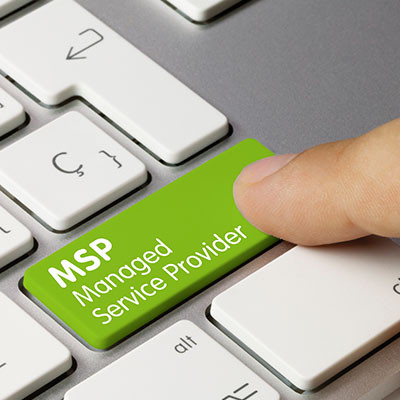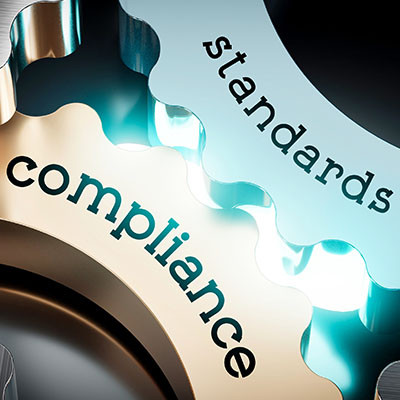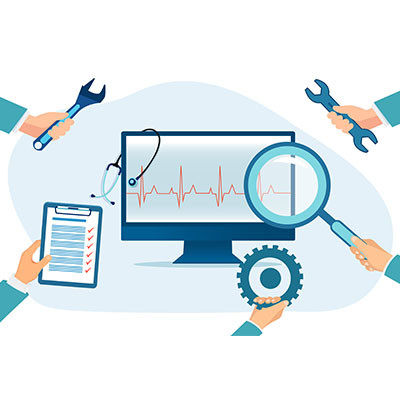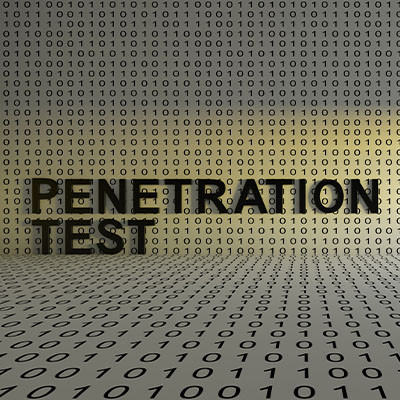Whenever it comes time to implement a new IT project, it’s easy to get the better of yourself and let your excitement guide you. However, it’s important to note that you have to finish your implementation before it can yield results. Today, we want to discuss how you can use a managed service provider to easily complete any complex IT project and pave the way toward success.
BNMC Blog
One of the most exciting milestones a business can achieve is growing to the point where it needs a larger office space. While this is indeed a good thing and indicative of many of the most important parts of running a business going well, it can also be stressful to imagine how you’re going to move an entire IT infrastructure from one location to another.
Empathy with an audience is at the core of any successful business venture. If you fail to empathize with those you serve, your products and services will not meet their needs, further jeopardizing your organization's future. As a managed service provider, we strive to understand our clients' needs, and we tend to do so by addressing issues before the client even knows they exist.
Does your company struggle with technology and technology management? A managed service provider, or MSP, can offer services that can make any business’ job much easier by streamlining operations and ensuring important IT tasks are never left undone. Here are three major benefits of working with a managed IT service provider for your business.
When you think of the words “compliance” and “your business” together in the same sentence, does the idea strike fear and dread into your heart? Businesses that fail to remain compliant could suffer severe penalties. It’s not always clear-cut what compliances your organization might need to adhere to, but we can help you implement the technology to ensure you remain compliant.
The vendors you use for your business are extremely important, but they aren’t so important that working with them should actually hurt your business. If you consider how much time the average vendor takes up, and multiply that by the number of vendors you have, you are likely spending a lot of time and money just dealing with these sometimes impossible relationships. In today’s blog, we will tell you how to get out from under time-consuming vendor relationships.
When it comes to technology, it’s often difficult to understand how every bit of it fits into a complete IT infrastructure. In fact, if you were to ask your staff to communicate with your technology vendors, would they know how to do so? Understanding where your technology comes from, namely your vendors, is an important part of streamlining your business’ operations.
You might see articles on the Internet discussing “patches” and “updates,” and you might even be forgiven for thinking that they are the same thing when they are, in fact, not. There is indeed a difference, and it’s a big one. Let’s talk about how you might think about patches and security updates so that you might best deploy them month after month.
Your business has different technology needs from others, and it’s your responsibility to ensure that you are strategically implementing technology to benefit your organization’s needs, strengths, and most important of all, your budget. It can be challenging to get the IT help you need to succeed, but managed IT services make it as simple as can be.
When it comes to your business’ technology, a lot can go wrong if you don’t take the time to… well, take care of it. The best way to ensure that your technology remains in proper working order is to keep up with basic maintenance. We realize that this can be a challenge, though, especially for small businesses with limited budgets.
How do you know what will happen if you become the target of a hacking attack? How will you respond, and how will your network hold up to the assault? These are questions that you need answers to, and perhaps the best way to get them is through what is called a penetration test, or pen test. What are these tests, and what can you expect from them?
It’s not easy managing office technology and business solutions. A lot of thought goes into their day-to-day upkeep, and small businesses often do not have the time or resources available to ensure their technology is properly maintained. What they don’t tell you is that you don’t have to do all of this yourself. You can easily outsource these responsibilities to a managed service provider.
If your business is like other small organizations out there, it might struggle with managing and maintaining its technology, from servers and workstations to networking components, to mobile devices and beyond. If you just can’t seem to keep up with the demands of technology management, read on—we have some great tips to help you better manage the workload.
There are a lot of threats out there that can place some pressure on your business to think and act a certain way, but unless you are actively searching for threats on your network, you might find yourself coming up short in regards to network security. Why is monitoring your network so important, even with preventative measures in place? It all starts with imagining the worst-case scenario.
You can’t always plan for data security, especially if your business doesn’t have professionals on-hand who know the security ins and outs of your industry. The usual methods, like passwords, firewalls, antivirus, and so on, may work for a while, but they are far from the end-all-be-all for network security. What are you doing for the physical security of your business?
Let’s say you are going about your workday when your computer suddenly crashes. Your first reaction might be to reach out for support, and if so, then you are correct; we can’t let you suffer from downtime for too long! Let’s go over what the acquisition of support might entail, even if the problem you are experiencing cannot be solved through a remote support option.
The cloud can be a huge part of any successful business, so long as you are able to keep control over it and utilize it to your business’ advantage. Centralized authority over your organization’s cloud access controls is critical to keeping it safe and functional. Let’s go over what this means and how you can achieve it.
When you think about technology maintenance, how often do you tend to address issues with your infrastructure? Do you wait for something to go wrong before addressing it? If so, you are going about technology maintenance all wrong. When you take this break-fix approach to your IT infrastructure, you run the risk of serious complications that could result in expensive downtime and costly repairs.
Even though technology can provide some incredible returns on your investment, many businesses struggle with managing and maintaining it properly. Small businesses in particular have more restrictions placed on them compared to major enterprises, especially in regards to budget, workforce, or workspace. How can small businesses stay competitive against companies that have so many more resources available to them? Managed services is an ideal solution, and one that can at least alleviate some of the challenges that come from technology maintenance.





















